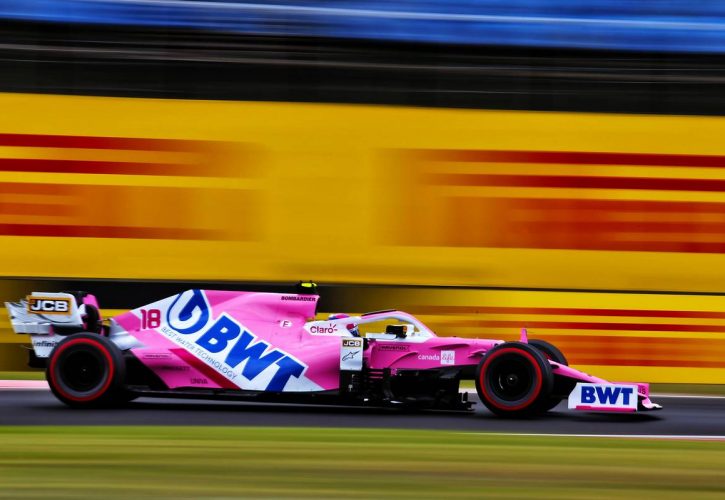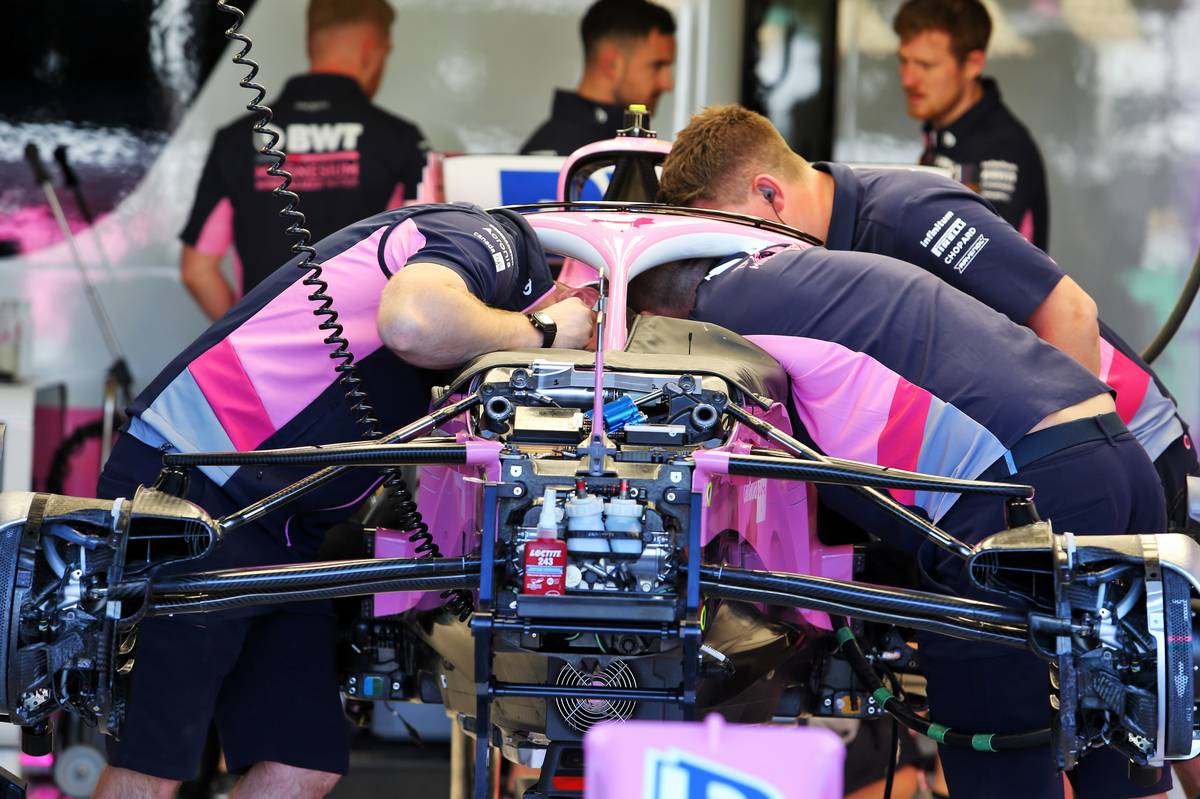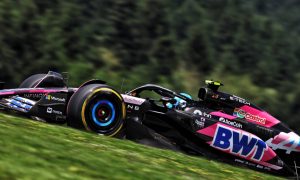
Renault's protest against Racing Point is about getting clarity on the level of exchanges that shall be permitted between teams in the future, according to the French outfit's executive director Marcin Budkowski.
Renault lodged a protest against Racing Point's controversial RP20 car after last Sunday's Styrian Grand Prix, aiming its complaint at the similarities that exist between the pink car and Mercedes' championship winning 2019 W10.
Renault has decided to focus on one specific element of the RP20 - its brake ducts, a "listed" part that a team must design on its own. But the ruling will also address the general principles that govern the exchange of information and intellectual property between teams.
In this respect, Renault's protest reflects the manufacturer's opposition to a model that would allow a more collaborative process between teams in the future.

"For us it’s important to clarify what is permissible and what isn’t — for this season, for the event we protest and for next season — but also what Formula 1 we want in the future and the model we want," Budkowski said.
"Do we want a model where there’s 10 teams independently fighting each other?
"Especially in the context of probably a fairer sport — a more equal distribution of funds, a cost cap, so all teams eventually coming to a similar level of spending, maybe not straight away but with time. So we think there’s a great opportunity, together with the 2022 technical regulations with a car being able to follow each other and overtake each other — so better racing — we think there’s a great opportunity for the sport to have 10 teams or maybe more fighting each other on equal terms.
"For us it’s important to clarify what sort of level of changes is permissible. Is it permissible to get parts and get geometries from another team and use them on your car or not?
"Because we don’t think that’s the right model for F1 in the future. So it’s really beyond the protest, beyond this race, it’s what kind of model we want for the future of F1."
In its protest, Renault singled out the RP20's brake ducts because they represent a "performance differentiator" but more importantly, the component's internals cannot be duplicated based on observation or photographs alone.
"The main point is brake ducts are essential performance differentiators on today’s Formula 1 cars," explained Budkowski.
"They’re not only there to cool the brakes, they are an essential aerodynamic device — both at the front and at the rear in terms of extracting aero performance — but they also are essential in controlling the tire temperatures, and we know that tire temperatures are fairly important in Formula 1 nowadays.
"The other reason is there are surfaces that are visible to the eye and to the cameras of the numerous photographers that go up and down the pit lane, there’s also surfaces that are impossible to see from outside so that it would be difficult to copy from pictures…"
No ruling on the protest on the part of the FIA is expected until mid-August at the earliest given the complexity of the matter.
Racing Point team boss Otmar Szafnauer says his outfit will be building its defense in the coming weeks, the American remaining confident that the case will alleviate any doubts about the legality of his team's design process.
"I think the process is bulletproof. We'll provide all the evidence that was asked of us," Szafnauer said.
"I think the outcome will be bulletproof, which is quite nice, because there are things the camera can't see, especially the internal surfaces of a brake duct for example that we completely designed and developed ourselves.
"When you compare the two parts by the FIA, then they'll absolutely know that the brake ducts are unique, and our IP and designed by us."
Gallery: The beautiful wives and girlfriends of F1 drivers
Keep up to date with all the F1 news via Facebook and Twitter







